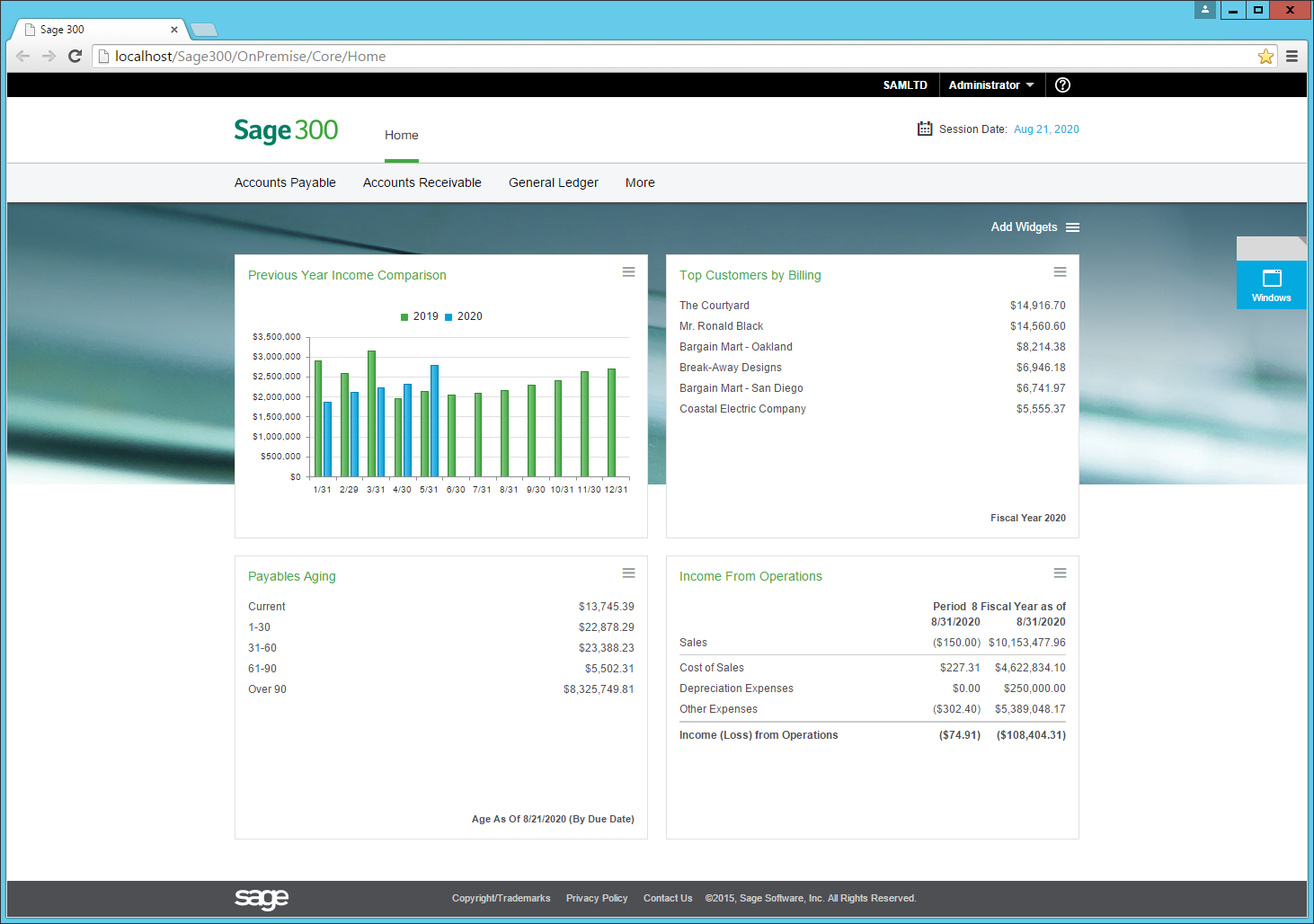Stephen Smith
As most, if not all, are aware, Stephen Smith, Sage 300 Enterprise Architect, retired at the end of February, 2016.
I want to acknowledge Stephen’s leadership, mentoring, friendship, his knowledge of the Sage 300 product, technologies and the accounting industry. These qualities and attributes will be missed by all at Sage. Stephen was at Sage (and Computer Associates) for over 22 years and has certainly…





